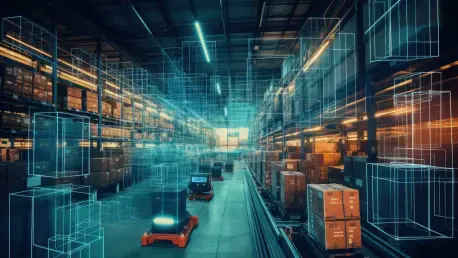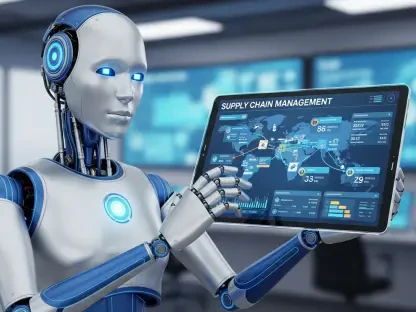Amid the relentless pursuit of operational efficiency, the logistics industry stands at the brink of a monumental shift driven by supply chain automation. This groundbreaking technology promises not only to dismantle traditional barriers in supply chain management but also to redefine the discourse on innovation within the industry. As businesses grapple with the demands of rapid order fulfillment, maintaining product availability, and scaling operations, automation emerges as a formidable ally. Let’s delve into its multifaceted components and transformative potential.
Understanding Supply Chain Automation
Supply chain automation encompasses a series of technological advancements designed to optimize logistics processes, thereby enhancing overall efficiency. It integrates systems like automated material handling, artificial intelligence (AI), and machine learning to streamline operational workflows. These principles, which have taken shape amid technological evolution, aim to revolutionize traditional logistics paradigms and bolster industry’s agility in the face of increasing market pressures. As technologies evolve, supply chain automation becomes crucial for businesses looking to remain competitive in an ever-changing landscape.
Essential Elements of Automated Systems
Material Handling Systems
Material handling automation, a cornerstone of supply chain automation, harnesses technologies like conveyors, palletizers, and robotics to perform various logistical tasks with precision and efficiency. These systems minimize human error, reduce labor costs, and offer scalability, providing a robust infrastructure to facilitate the fast movement of goods. Performance metrics such as throughput rates, error reduction, and processing time underscore their vital role in modern supply chains, ensuring seamless operations and timely deliveries.
AI and Machine Learning Integration
AI and machine learning serve as transformative forces within supply chain automation, driving predictive analytics and decision-making processes to unprecedented accuracy levels. These technologies enable real-time data collection and analysis, allowing for dynamic adjustments in inventory management, demand forecasting, and supply chain disruptions. By employing machine learning algorithms, businesses can anticipate customer needs, optimize resource allocation, and enhance performance metrics, ultimately fostering improved customer satisfaction and operational efficacy.
Recent Advancements and Industry Trends
The landscape of supply chain automation is ever-evolving, marked by rapid technological advancements and shifting consumer behaviors. Innovations such as AI-driven demand planning and integrated digital platforms reflect the industry’s focus on embracing cutting-edge technologies. Industry trends highlight a surge in automation initiatives, bolstered by strategic alliances and acquisitions aimed at expanding market reach and optimizing resource utilization. The momentum toward automation underscores a cultural shift within the logistics sector as businesses prioritize seamless operations and heightened efficiency.
Real-World Implementations
Supply chain automation finds its application across various industries, revolutionizing operations from manufacturing to retail. Southern Glazer’s new automated facility in Geismar, Louisiana, exemplifies the technology’s potential, featuring advanced material systems and real-time analytics to enhance distribution processes. Moreover, companies within personal care and consumer goods sectors, like Colgate-Palmolive’s Hello Products, leverage automation to streamline production cycles, optimize inventory, and adapt to consumer trends, demonstrating its widespread and strategic integration.
Challenges in Automation Adoption
Despite its transformative promise, supply chain automation encounters obstacles that curb its adoption and effectiveness. Technical challenges related to integration, system compatibility, and cybersecurity pose significant threats, alongside regulatory compliance and market acceptance hurdles. Addressing these issues requires concerted industry efforts toward improvement and innovation. Businesses aim to overcome limitations and maximize automation benefits by investing in research, fostering collaboration, and enhancing system resilience.
Prospective Developments in Automation
Looking toward the future, supply chain automation is poised for breakthroughs that promise to elevate industry standards and operational capabilities further. Anticipated advancements focus on harnessing AI’s full potential, refining robotics precision, and expanding cloud-based integrations, foreseeing an era where logistics become more predictive and adaptive. These developments hint at a reshaping of traditional supply chain frameworks, paving the way for enhanced agility and competitive advantage in a dynamic marketplace.
Conclusion
Supply chain automation, once an aspirational concept, has become a cornerstone of modern logistics. Its current trajectory suggests an expansive impact across industries, driving efficiency and innovation while responding to evolving consumer demands. As businesses navigate challenges inherent to adoption, the focus remains on refining strategies, embracing technological advancements, and maximizing benefits. The future holds promise for enhanced automation capabilities, signaling transformative shifts in supply chain management’s strategic landscape.









